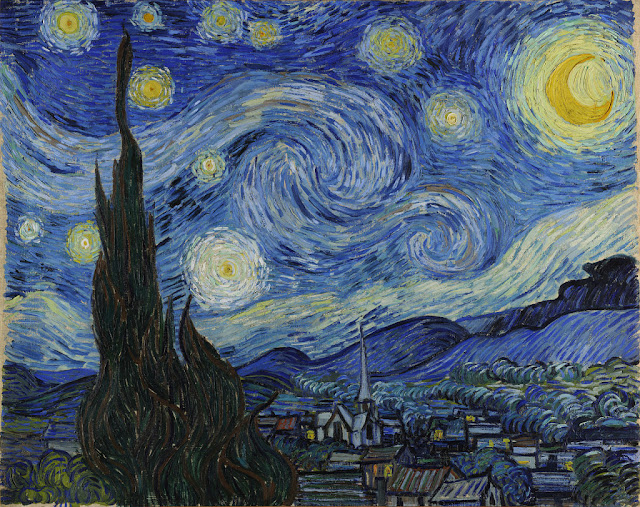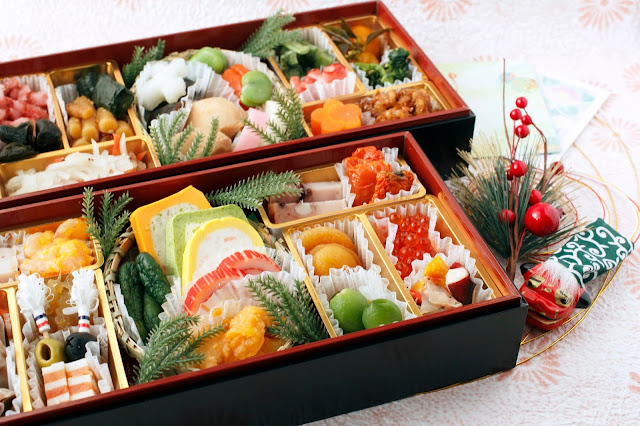 |
| There are limitless of result you can achieve with coloured pencil technique. - Photo by: Morgan Davidson |
Time to move on to the next stage of our drawing exercises. Here you can choose the colouring techniques that you like. Anyway, since the coloured pencils technique has been the basic in colour – you should at least try it, even if you don’t want to make it your professional fields. With coloured pencils technique, it will be easier for you to understand any other colouring techniques such as watercolour, oil, acrylic and etc.
Here I only can show you the basic things you need to know with this technique, it’s either you can follow the free tutorial courses from the YouTube or you can enrol in any online courses to get greater results. There are countless result, you can achieve with any techniques as long as you keep on learning. In fact, you can also try the mix media techniques using colour pencil.
Tools
To start this technique all you need to have is the colour pencil sets. There are few sets of colour pencil that consist of 12, 24, 36, 48, 72, 132, and 150 (the amount of colour pencils also can be different with different brands).
For the start you can have the smaller sets of colours on 12 or 24. At the earlier stage what you need to know is the techniques instead of the result of your painting. The other reason is, you want to know which brand is good for you. You don’t want to buy a complete set and after that found that the other brand in much better.
 |
| You can start with basic coloured pencils set. - Photo by: mymodernmet.com |
Colouring Techniques
There are similarity of colour technique with colour pencils and the shading process with a regular pencil. That’s why, starting with colour pencil will be the easy step to start for the colouring process before your shift into any other colouring techniques.
There are some strokes you need to learn when using the colour pencils. Strokes will give different textures to your result. Other important skills with coloured pencils is the colour blending. The colour blending will give you extra shades of colours instead the total colour that you have on your colour set. The other thing is mixing colours with coloured pencils is different with the mixing colour with watercolour and oil paintings.
In order to master this technique you need to get enough exercise to get a good result. Then you also need to know that different brand of coloured pencils going to give you different effects. In order to speed up your learning, it is better if you are following any classes so you can get a proper guide and discussion.
Here we are going to see some samples of colouring techniques with coloured pencils. What you need to remember, you need to first master the basic techniques before you can come out with a very good result. Keep on practicing, keep on exploring different techniques in order to produce a better result.
You can keep on searching relevant tutorial videos or even follows the related channels to make sure that you always learning something new.
 |
| You need to keep on exercising in order to get stunning results like this painting by Néstor Canavarro. – Photo by: Néstor Canavarro |
Online Classes
Or you can simple follow an online classes. With online classes you will be able to interact with others or your trainer in more details about your works. Plan properly, so you can dedicate enough time if you decide to invest in online courses.
You can also have your painting group where you can work together in order to improve your paintings result. For example, you can follow an online classes through this website drawpj.com, but there are many other online classes you can find all over the internet.
 |
| Look how beautiful is the result of coloured pencil techniques. - Photo from: drawpj.com |
 |
| Keep on practicing in order to get a better result. - Photo by: Morgan Davidson |
Coloured pencil is the most basic technique. Even though it’s not popular as watercolour, oils or acrylic, coloured pencils can provide you with better ideas of other colouring techniques. You also will find many good paintings produced with coloured pencil techniques. Keep on exploring and always keep on learning.




























